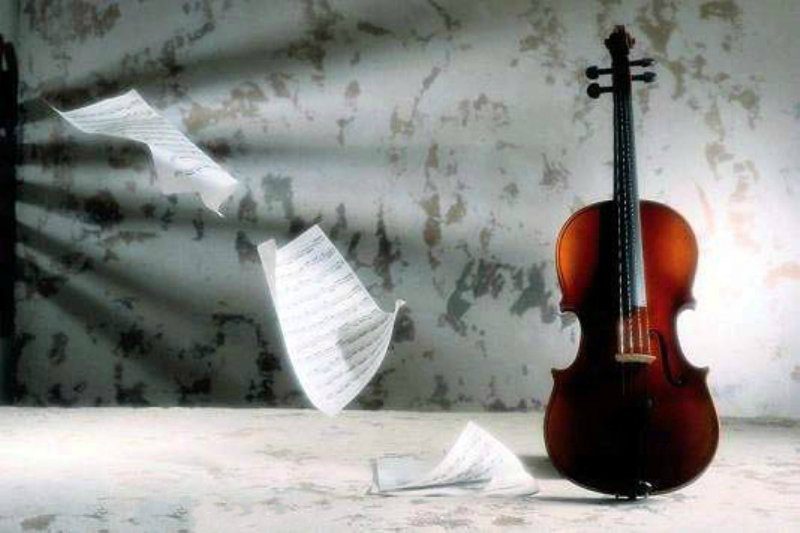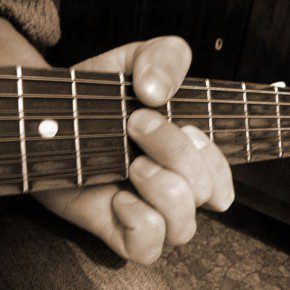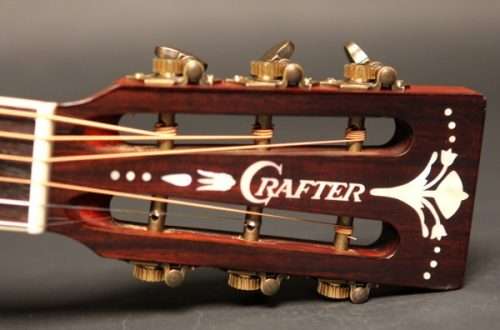
Basic Concepts of Chamber Music
 Contemporary chamber music almost always consists of a three- or four-movement sonata cycle. Today, the basis of the chamber instrumental repertoire is the works of the classics: quartets and string trios of Mozart and Haydn, string quintets of Mozart and Boccherini and, of course, quartets of Beethoven and Schubert.
Contemporary chamber music almost always consists of a three- or four-movement sonata cycle. Today, the basis of the chamber instrumental repertoire is the works of the classics: quartets and string trios of Mozart and Haydn, string quintets of Mozart and Boccherini and, of course, quartets of Beethoven and Schubert.
In the post-classical period, a large number of famous composers who belonged to different movements preferred to write chamber music, but only some of its samples were able to gain a foothold in the common repertoire: for example, string quartets by Ravel and Debussy, as well as a piano quartet written by Schumann.
The concept of “chamber music” implies duet, quartet, septet, trio, sextet, octet, nonet, as well as decimets, with quite different instrumental compositions. Chamber music includes some genres for solo performance with accompaniment. These are romances or instrumental sonatas. “Chamber opera” implies a chamber atmosphere and a small number of performers.
The term “chamber orchestra” refers to an orchestra consisting of no more than 25 performers. In a chamber orchestra, each performer has his own part.
String chamber music reached its peak of development, in particular, under Beethoven. After him, Mendelssohn, Brahms, Schubert and many other famous composers began to write chamber music. Among Russian composers, Tchaikovsky, Glinka, Glazunov, and Napravnik worked in this direction.
To support this type of art in St. Petersburg, the Russian Musical Society, as well as the chamber music community, held various competitions. This area includes romances for singing, sonatas for string instruments and piano, as well as short piano pieces. Chamber music must be performed with great subtlety and detail.

Real chamber music has a rather deep and focused character. For this reason, chamber genres are better perceived in small rooms and in a free environment than in ordinary concert halls. This type of musical art requires a subtle knowledge and understanding of forms and harmony, and counterpoint was developed a little later, under the influence of the great geniuses of musical art.
Chamber music concert – Moscow



